Scalper1 News
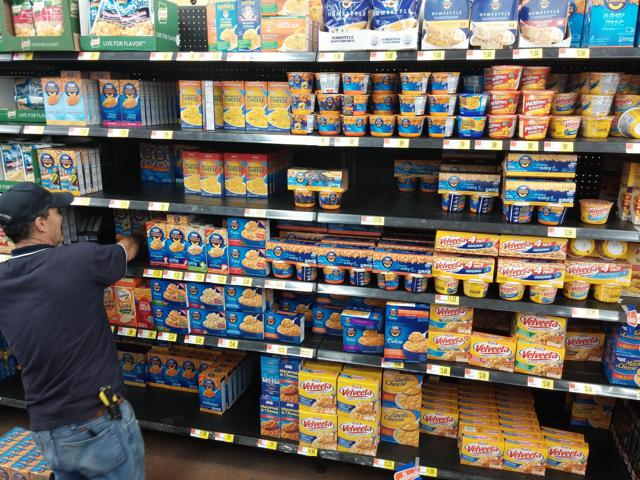
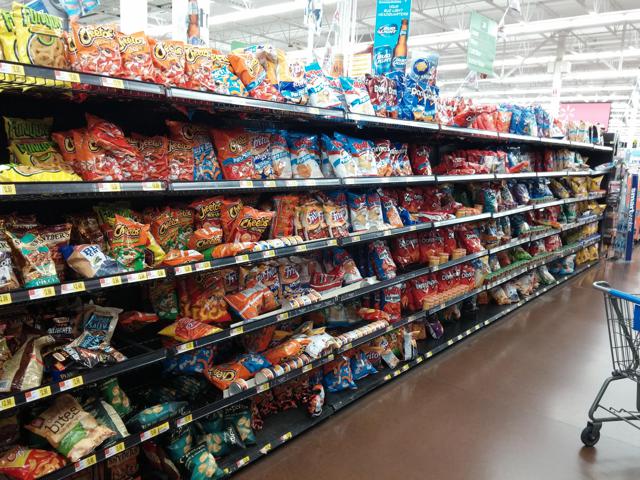
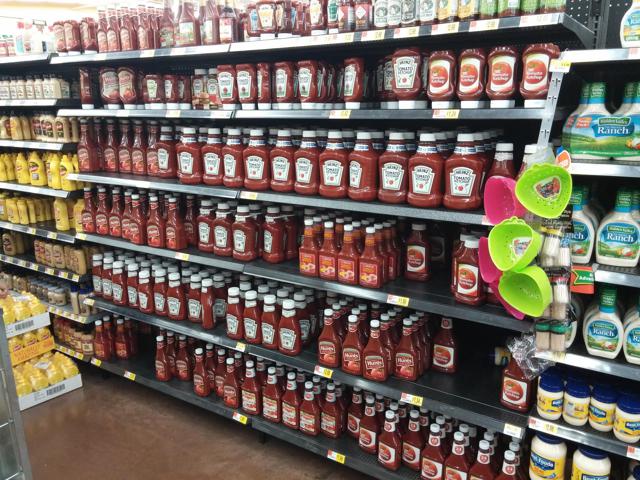
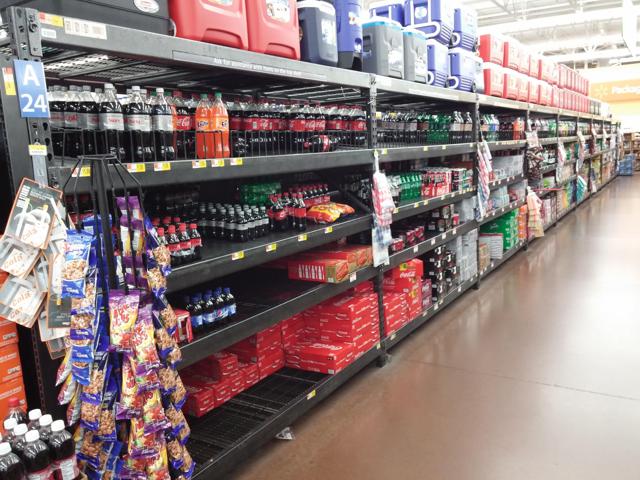
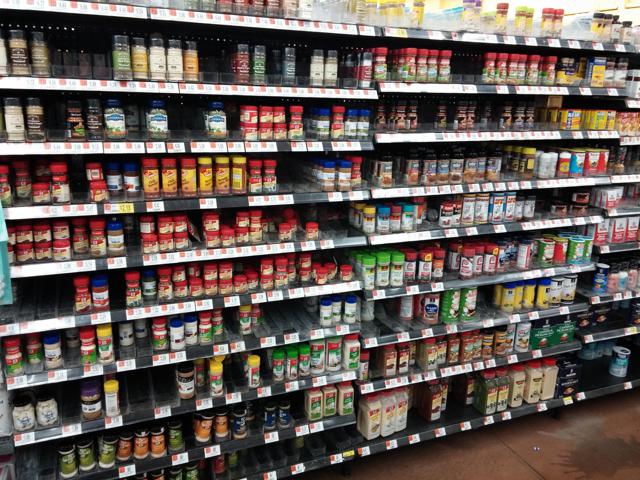
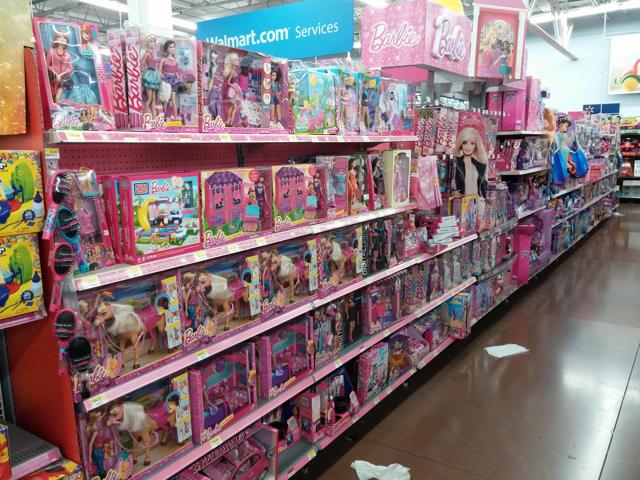
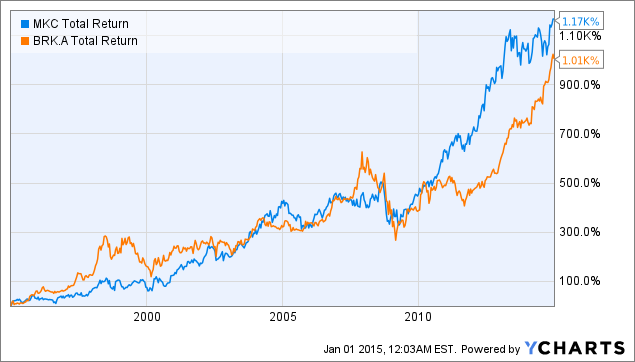
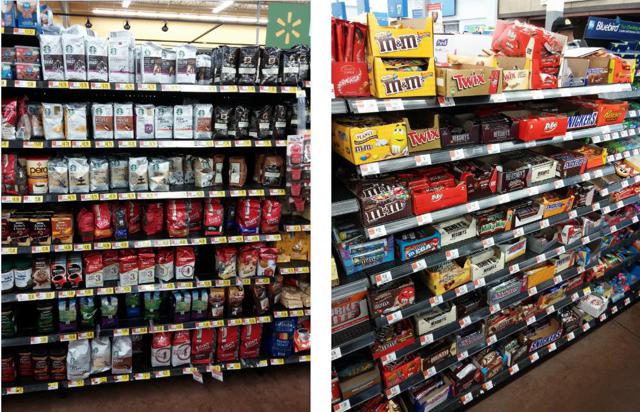 Durable Competitive Advantage is a powerful economic tool to outperform the overall market. It’s easy to understand and so are the businesses that possess it. Products that many people buy and use everyday have these qualities. A big thank you to everyone who read my recent article about Aggressive/Defensive investing . I received some really great feedback on that, and am working hard to bring you some unique and interesting new insights about the way I think about investments. I wanted to take a moment to talk about the reasons I became interested in making some of those investments in the first place. With Mattel for example, it wasn’t because I had received an alert, or read some compelling analyst report. It’s because I knew ahead of time that Mattel possessed some special qualities over its peers before I ever read a single financial report about them. It’s no secret I’m a fan of Warren Buffett, CEO of Berkshire Hathaway (NYSE: BRK.A , BRK.B ). He and I have some things in common about the way our brain works. We both know how to identify what he calls “Durable competitive advantage” instantly. From here on out, I’ll shorten that to DCA. First, let’s talk about what that does for an investor, and why it’s so powerful. DCA companies have pricing power. They can demand higher prices for the goods they sell because consumers view the things their competition makes as inferior goods . That tends to remain true even when the competing product is virtually identical, or in some cases better. DCA translates into larger profit margins, more sales, and for you the investor – more gains in terms of share prices rising and dividend payments. You don’t have to worry too much about buying low, or selling high. Even paying a fair price tends to lead to market beating returns over time. DCA means less volatility, and safety when the rest of the market starts to get out of control. These companies have stronger balance sheets with more cash than their peers. So, when a stock with DCA drops in price, you can be much more certain of whatever the problem is being solved, and the stock recovering. For that reason you can cost average your purchases fearlessly. If you end up buying in too early, that’s OK; all you have to do is wait. Time will put you back on top. I can’t say that all of my largest returns have been on DCA holdings, but they have always been the easiest opportunities to spot. When you hear reporters on CNBC, or read the Wall Street Journal and they tell you that the “Easy money has already been made” after a correction, they’re talking about guys like me who went in and fearlessly bought those assets when there was a fire sale. And sooner or later, every market is going to have a bearish phase. So, this article is meant to prepare you for that time with the knowledge of what to look for. I’d like to help you build a mental index in your mind of companies that possess these qualities. That way, when the market turns on them, you’ll immediately know how to react. And the best part is that it’s surprisingly easy to find these opportunities. I like to shop for my DCA at Wal-Mart (NYSE: WMT ). Wal-Mart is a wonderland for a value investor. Let me be your tour guide as we take you on a magical adventure in the profitable kingdom. Oh, and the Magic Kingdom also has a very durable competitive advantage as well there at The Walt Disney Company (NYSE: DIS ). Now back to Wal-Mart, let’s get this ride started before I use up my allotment of puns. The reason this store is so great is that they tend to give the largest amount of shelf space to the brands that sell and earn the most. Here are a few photos that really illustrate this point: So, here you have Kraft (NASDAQ: KRFT ), Frito-Lay, which is a PepsiCo (NYSE: PEP ) brand, and Heinz, which is now a Berkshire Hathaway holding. Click on any of the images to make it larger. What I want you to notice here is, let’s single out Kraft for just a moment, that this is not just the Macaroni and Cheese section. Except for a very small number of generic boxes, this is all Kraft brand macaroni. Velveeta is also a Kraft brand. Similar observations can be made about Frito-Lay and Heinz. I mentioned pricing power above. The price difference between the brand Cheetos and generic “Puffs”, can be as much as 300% more. Heinz can easily catch 250% over the generic. No wonder Buffett was anxious to add that brand. And Kraft Macaroni? A Staggering 500% markup over its competition. Here are some others: Coca-Cola (NYSE: KO ), McCormick & Company (NYSE: MKC ), and Mattel (NASDAQ: MAT ). And not just this one row – Mattel makes about half of everything sold in the toy section. I know that Buffett talks up Coke a great deal, and the sugar water business is obviously not hard to understand, but I bet you didn’t have McCormick on your mind when you got up to read today’s hot stocks bulletin. But did you know that MKC produced a total return of over 1,170% in the last 20 years, and has raised its dividend payments in every single one of those years? That’s performance rivaling Berkshire Hathaway. It’s not a perfect example due to tax consequences from dividends, but it should illustrate the strength and utility of the brand. MKC Total Return Price data by YCharts Every one of these companies has long term performance that’s been great. All of them have crushed the return of the S&P. These kinds of brands occupy a space in your mind that convinces you that they are superior to their competition. If you traveled to a foreign country, say Mexico, for example, you might try one of the local beers, but you probably wouldn’t be in a hurry to sample the local colas. Because you’re so used to seeing them in your everyday lives, you don’t stop to realize just how often you buy them. Which makes them predictable. As Buffett says, Coke has been making sugar water for a hundred years, and they’ll probably be doing the same thing for the next hundred. The predictability factor means they rarely get overpriced because expectations are muted. They’re not cheap every day either, so when a deal does come along, you have to act quickly. When I started seeing the news that Mattel had fallen by 40%, I jumped on that immediately. To be fair, yes, I was early. Their 2014 year ended up being pretty rough, so I’ll be buying more to lower my average cost. At first you might think that seems risky since low prices can always get lower, but the beauty of DCA is that it makes big gains possible with very little risk. All I have to do is wait. Whatever temporary problems these companies face, they have the resources to fix. You can also find examples of this concept in technology. Although they have a great DCA, you’re probably not going to single out the next Apple Computer (NASDAQ: AAPL ) using this method. Apple customers are a special type of people and they are very loyal to their brand. Even though Apple products are built with many of the exact same components that their competitors have access to, they are able to charge far higher prices. I don’t think I’ve ever had a conversation with an Apple user where I could get a rational explanation of what they love about them. They just do, I guess. However, I did come to realize that Nintendo was doing a great job with sales using this process. Even though the market was way more excited about newer consoles from its competitors, at my local store, Nintendo products occupy 50% more cabinet space than either Sony (NYSE: SNE ) or Microsoft (NASDAQ: MSFT ) in the video games department. A majority of that space is taken up by the 3DS, which has more than 50 Million users now . There are less than half that many PS4 owners. Microsoft does have a niche of its own in computer software, so I am still interested in owning them. In contrast to these lessons, when you come across a product mix where there are more than 3 major brands, the profitability really starts to take a hit from all the competition. If you’re a consumer, they don’t occupy the same spot in your mind as the DCA companies do. Quick, how many hot dog brands can you recall off the top of your head? Oscar Meyer was the only one that I was able to remember, and that’s only because they have that great jingle . In that segment alone there are more than a dozen brands at my local store. Lots of other things are like that. Warren calls these type of products “commodity goods”. Stuff that doesn’t really differentiate itself from its competitors and pretty much only competes on price. HDTVs, pots and pans, small appliances, etc. Nobody really dominates as a “Must have” brand. The features between these products are usually very similar. If you were in the market for a new flat screen, and there was a good sale price you’d probably buy an LG over a Samsung TV or a Hitachi or a Vizeo or who knows what. As a result, these manufacturers have more competition and thinner profit margins. So, buying the stocks of commodity goods, even if they seem cheap in comparison, with low P/E ratios and maybe even relatively high dividend yields, they don’t tend to outperform in the longer term. But I bet if you go shopping for coffee or candy you’ll know what you want: Of what’s publicly traded here, that would be Starbucks (NASDAQ: SBUX ) (Seattle’s Best is also their brand), and Hershey (NYSE: HSY ). Buffett’s already got his piece of Mars, Inc., but Hershey’s board isn’t going to let anyone come in and get their brands thanks to the amazing charity work done by the company’s founder, Milton Hershey. They are notorious for rejecting buyout offers, so if you ever see the stock price shoot up on a news piece speculating on that happening, sell your shares and then be prepared to buy them back. The offer will almost certainly fall through. I think you’re starting to get the picture now. I’ll be expanding more on some of these brands, as well as others with these characteristics in another article in the near future. I have a photo that I deliberately waited on posting because I have a full article planned for that brand, and it’s probably going to rustle some jimmies. Follow me in the meantime. Until then, I’m going shopping. Disclosure: The author is long MAT, NTDOY. The author wrote this article themselves, and it expresses their own opinions. The author is not receiving compensation for it (other than from Seeking Alpha). The author has no business relationship with any company whose stock is mentioned in this article. Disclosure: The author is long MAT, NTDOY, BRK.B, WMT, DIS, KRFT, PEP, MKC, AAPL, MSFT, SBUX, HSY. (More…) The author wrote this article themselves, and it expresses their own opinions. The author is not receiving compensation for it (other than from Seeking Alpha). The author has no business relationship with any company whose stock is mentioned in this article. Scalper1 News
Durable Competitive Advantage is a powerful economic tool to outperform the overall market. It’s easy to understand and so are the businesses that possess it. Products that many people buy and use everyday have these qualities. A big thank you to everyone who read my recent article about Aggressive/Defensive investing . I received some really great feedback on that, and am working hard to bring you some unique and interesting new insights about the way I think about investments. I wanted to take a moment to talk about the reasons I became interested in making some of those investments in the first place. With Mattel for example, it wasn’t because I had received an alert, or read some compelling analyst report. It’s because I knew ahead of time that Mattel possessed some special qualities over its peers before I ever read a single financial report about them. It’s no secret I’m a fan of Warren Buffett, CEO of Berkshire Hathaway (NYSE: BRK.A , BRK.B ). He and I have some things in common about the way our brain works. We both know how to identify what he calls “Durable competitive advantage” instantly. From here on out, I’ll shorten that to DCA. First, let’s talk about what that does for an investor, and why it’s so powerful. DCA companies have pricing power. They can demand higher prices for the goods they sell because consumers view the things their competition makes as inferior goods . That tends to remain true even when the competing product is virtually identical, or in some cases better. DCA translates into larger profit margins, more sales, and for you the investor – more gains in terms of share prices rising and dividend payments. You don’t have to worry too much about buying low, or selling high. Even paying a fair price tends to lead to market beating returns over time. DCA means less volatility, and safety when the rest of the market starts to get out of control. These companies have stronger balance sheets with more cash than their peers. So, when a stock with DCA drops in price, you can be much more certain of whatever the problem is being solved, and the stock recovering. For that reason you can cost average your purchases fearlessly. If you end up buying in too early, that’s OK; all you have to do is wait. Time will put you back on top. I can’t say that all of my largest returns have been on DCA holdings, but they have always been the easiest opportunities to spot. When you hear reporters on CNBC, or read the Wall Street Journal and they tell you that the “Easy money has already been made” after a correction, they’re talking about guys like me who went in and fearlessly bought those assets when there was a fire sale. And sooner or later, every market is going to have a bearish phase. So, this article is meant to prepare you for that time with the knowledge of what to look for. I’d like to help you build a mental index in your mind of companies that possess these qualities. That way, when the market turns on them, you’ll immediately know how to react. And the best part is that it’s surprisingly easy to find these opportunities. I like to shop for my DCA at Wal-Mart (NYSE: WMT ). Wal-Mart is a wonderland for a value investor. Let me be your tour guide as we take you on a magical adventure in the profitable kingdom. Oh, and the Magic Kingdom also has a very durable competitive advantage as well there at The Walt Disney Company (NYSE: DIS ). Now back to Wal-Mart, let’s get this ride started before I use up my allotment of puns. The reason this store is so great is that they tend to give the largest amount of shelf space to the brands that sell and earn the most. Here are a few photos that really illustrate this point: So, here you have Kraft (NASDAQ: KRFT ), Frito-Lay, which is a PepsiCo (NYSE: PEP ) brand, and Heinz, which is now a Berkshire Hathaway holding. Click on any of the images to make it larger. What I want you to notice here is, let’s single out Kraft for just a moment, that this is not just the Macaroni and Cheese section. Except for a very small number of generic boxes, this is all Kraft brand macaroni. Velveeta is also a Kraft brand. Similar observations can be made about Frito-Lay and Heinz. I mentioned pricing power above. The price difference between the brand Cheetos and generic “Puffs”, can be as much as 300% more. Heinz can easily catch 250% over the generic. No wonder Buffett was anxious to add that brand. And Kraft Macaroni? A Staggering 500% markup over its competition. Here are some others: Coca-Cola (NYSE: KO ), McCormick & Company (NYSE: MKC ), and Mattel (NASDAQ: MAT ). And not just this one row – Mattel makes about half of everything sold in the toy section. I know that Buffett talks up Coke a great deal, and the sugar water business is obviously not hard to understand, but I bet you didn’t have McCormick on your mind when you got up to read today’s hot stocks bulletin. But did you know that MKC produced a total return of over 1,170% in the last 20 years, and has raised its dividend payments in every single one of those years? That’s performance rivaling Berkshire Hathaway. It’s not a perfect example due to tax consequences from dividends, but it should illustrate the strength and utility of the brand. MKC Total Return Price data by YCharts Every one of these companies has long term performance that’s been great. All of them have crushed the return of the S&P. These kinds of brands occupy a space in your mind that convinces you that they are superior to their competition. If you traveled to a foreign country, say Mexico, for example, you might try one of the local beers, but you probably wouldn’t be in a hurry to sample the local colas. Because you’re so used to seeing them in your everyday lives, you don’t stop to realize just how often you buy them. Which makes them predictable. As Buffett says, Coke has been making sugar water for a hundred years, and they’ll probably be doing the same thing for the next hundred. The predictability factor means they rarely get overpriced because expectations are muted. They’re not cheap every day either, so when a deal does come along, you have to act quickly. When I started seeing the news that Mattel had fallen by 40%, I jumped on that immediately. To be fair, yes, I was early. Their 2014 year ended up being pretty rough, so I’ll be buying more to lower my average cost. At first you might think that seems risky since low prices can always get lower, but the beauty of DCA is that it makes big gains possible with very little risk. All I have to do is wait. Whatever temporary problems these companies face, they have the resources to fix. You can also find examples of this concept in technology. Although they have a great DCA, you’re probably not going to single out the next Apple Computer (NASDAQ: AAPL ) using this method. Apple customers are a special type of people and they are very loyal to their brand. Even though Apple products are built with many of the exact same components that their competitors have access to, they are able to charge far higher prices. I don’t think I’ve ever had a conversation with an Apple user where I could get a rational explanation of what they love about them. They just do, I guess. However, I did come to realize that Nintendo was doing a great job with sales using this process. Even though the market was way more excited about newer consoles from its competitors, at my local store, Nintendo products occupy 50% more cabinet space than either Sony (NYSE: SNE ) or Microsoft (NASDAQ: MSFT ) in the video games department. A majority of that space is taken up by the 3DS, which has more than 50 Million users now . There are less than half that many PS4 owners. Microsoft does have a niche of its own in computer software, so I am still interested in owning them. In contrast to these lessons, when you come across a product mix where there are more than 3 major brands, the profitability really starts to take a hit from all the competition. If you’re a consumer, they don’t occupy the same spot in your mind as the DCA companies do. Quick, how many hot dog brands can you recall off the top of your head? Oscar Meyer was the only one that I was able to remember, and that’s only because they have that great jingle . In that segment alone there are more than a dozen brands at my local store. Lots of other things are like that. Warren calls these type of products “commodity goods”. Stuff that doesn’t really differentiate itself from its competitors and pretty much only competes on price. HDTVs, pots and pans, small appliances, etc. Nobody really dominates as a “Must have” brand. The features between these products are usually very similar. If you were in the market for a new flat screen, and there was a good sale price you’d probably buy an LG over a Samsung TV or a Hitachi or a Vizeo or who knows what. As a result, these manufacturers have more competition and thinner profit margins. So, buying the stocks of commodity goods, even if they seem cheap in comparison, with low P/E ratios and maybe even relatively high dividend yields, they don’t tend to outperform in the longer term. But I bet if you go shopping for coffee or candy you’ll know what you want: Of what’s publicly traded here, that would be Starbucks (NASDAQ: SBUX ) (Seattle’s Best is also their brand), and Hershey (NYSE: HSY ). Buffett’s already got his piece of Mars, Inc., but Hershey’s board isn’t going to let anyone come in and get their brands thanks to the amazing charity work done by the company’s founder, Milton Hershey. They are notorious for rejecting buyout offers, so if you ever see the stock price shoot up on a news piece speculating on that happening, sell your shares and then be prepared to buy them back. The offer will almost certainly fall through. I think you’re starting to get the picture now. I’ll be expanding more on some of these brands, as well as others with these characteristics in another article in the near future. I have a photo that I deliberately waited on posting because I have a full article planned for that brand, and it’s probably going to rustle some jimmies. Follow me in the meantime. Until then, I’m going shopping. Disclosure: The author is long MAT, NTDOY. The author wrote this article themselves, and it expresses their own opinions. The author is not receiving compensation for it (other than from Seeking Alpha). The author has no business relationship with any company whose stock is mentioned in this article. Disclosure: The author is long MAT, NTDOY, BRK.B, WMT, DIS, KRFT, PEP, MKC, AAPL, MSFT, SBUX, HSY. (More…) The author wrote this article themselves, and it expresses their own opinions. The author is not receiving compensation for it (other than from Seeking Alpha). The author has no business relationship with any company whose stock is mentioned in this article. Scalper1 News
Scalper1 News